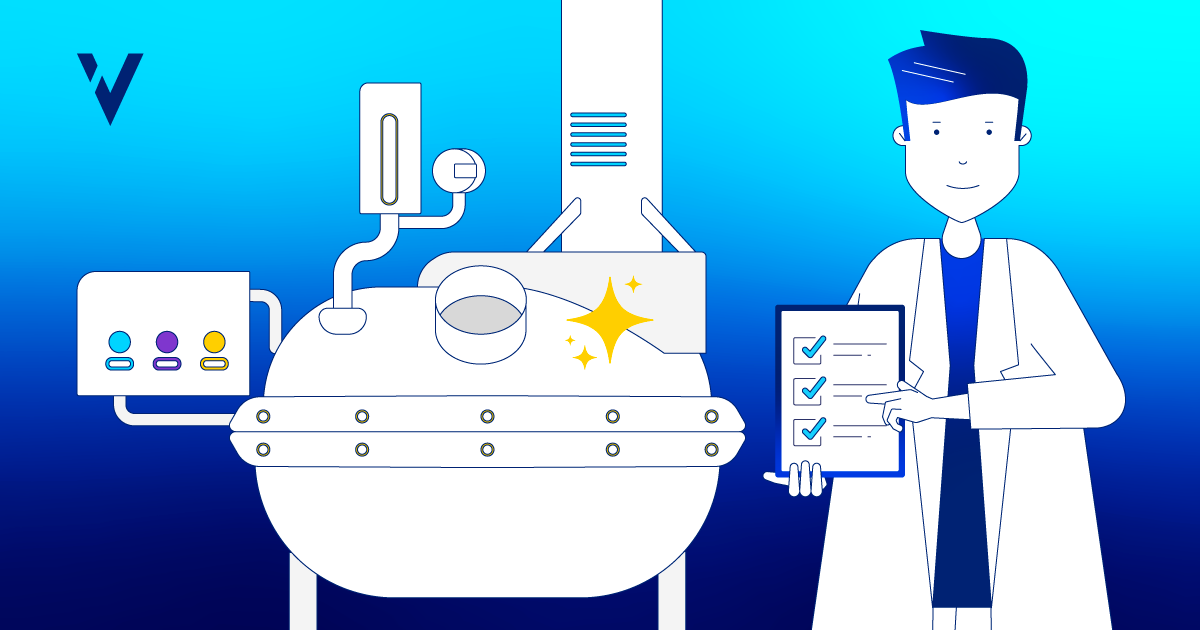Published on April 20, 2023
Reading time: -- minutes
Last updated on November 4, 2024


The key to control for any process resides in understanding its variability. How much do we know about the variation of our processes or systems, and are we in a state of control? These questions require answers to achieve success in the execution of the equipment cleaning process.
Understanding, detection, response, and control, from input through to output of variation, consumed a focus of the revised FDA process validation guidance document (Figure 1).
.png?width=628&height=403&name=grafic%20(1).png)
So how does one go about control of variation? To do that, one has to enable a risk management system. To be highly effective, a risk management system needs to be initiated early on during the design and development of ECP. A rigorous application of risk management tools during stage 1 (process design stage) will help the practitioner to assess, understand, and ultimately control the level of variation in systems and processes. Therefore, critical quality attributes and critical process parameters should be established during risk assessment exercises. In addition to risk assessment exercises, experiments should be conducted to attain data about the cleaning process being developed and understood. These stage 1 process design studies should utilize a statistical design of experiments (DoE) where appropriate. DoE is “a structured, organized method for determining the relationship between factors affecting a process and the output of that process.”
As stated in the FDA process validation guidance, “risk analysis tools can be used to screen potential variables for DoE studies to minimize the total number of experiments conducted while maximizing knowledge gained.” Further, this guidance says that “the results of DoE studies can justify establishing ranges of incoming component quality, equipment parameters, and in-process material quality attributes.” At the time of the process design, it is generally recognized that not all possible sources of variability will be known. However, if risk management is exercised to develop insightful DoE studies, they should help develop a low variability process.
Additionally, comparative cleanability studies could be performed to compare products. Typical evaluation factors include (but are not limited to):
It is recommended to perform studies and plot data, normalizing them when appropriate so they could be presented on the same plane and previously unknown sources of variability could be found.
The use of data collection, analysis and evaluation are the most critical tasks in a cleaning validation program. The earlier practitioners start realizing this, the better understanding of variability they will achieve.
Want to learn more about cleaning validation? Download the webinar "Digitization of Cleaning Validation Lifecycle." It explains how to automate and digitize your cleaning validation activities in a consistent manner.

This post examines five cleaning validation challenges that can be eliminated by digitizing your cleaning validation approach with ValGenesis.
By Lisa Weeks
Read.png)
Discover what cleaning validation is in pharma, why it's required, and how digital tools help you meet FDA cleaning validation guidelines efficiently.
By Kenneth Pierce
Read
Discover how digital cleaning validation strategies can modernize established pharma facilities, ensuring compliance, efficiency, and patient safety.
By Saurabh Joshi
Read